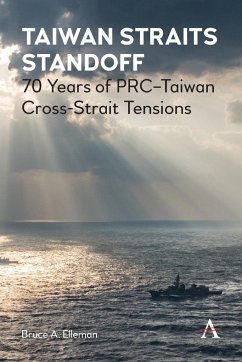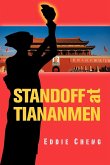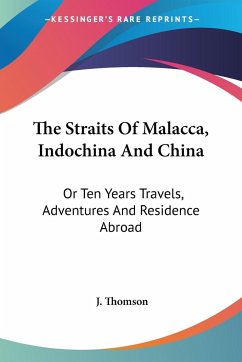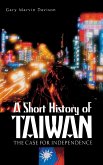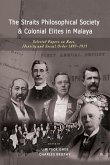Following the Nationalist defeat on the mainland in 1949, Chiang Kai-shek and his followers retreated to Taiwan, forming the Republic of China (ROC). Tensions with the People's Republic of China (PRC) focused on control over a number of offshore islands, especially Quemoy (Jinmen) and Matsu (Mazu). Twice in the 1950s tensions peaked, during the first (1954-55) and second (1958) Taiwan Strait crises. Today, relations between the ROC and PRC depend on quelling tensions over the Taiwan Strait. This work provides a short, but highly relevant, history of the Taiwan Strait, and its significance today.
Hinweis: Dieser Artikel kann nur an eine deutsche Lieferadresse ausgeliefert werden.
Hinweis: Dieser Artikel kann nur an eine deutsche Lieferadresse ausgeliefert werden.

